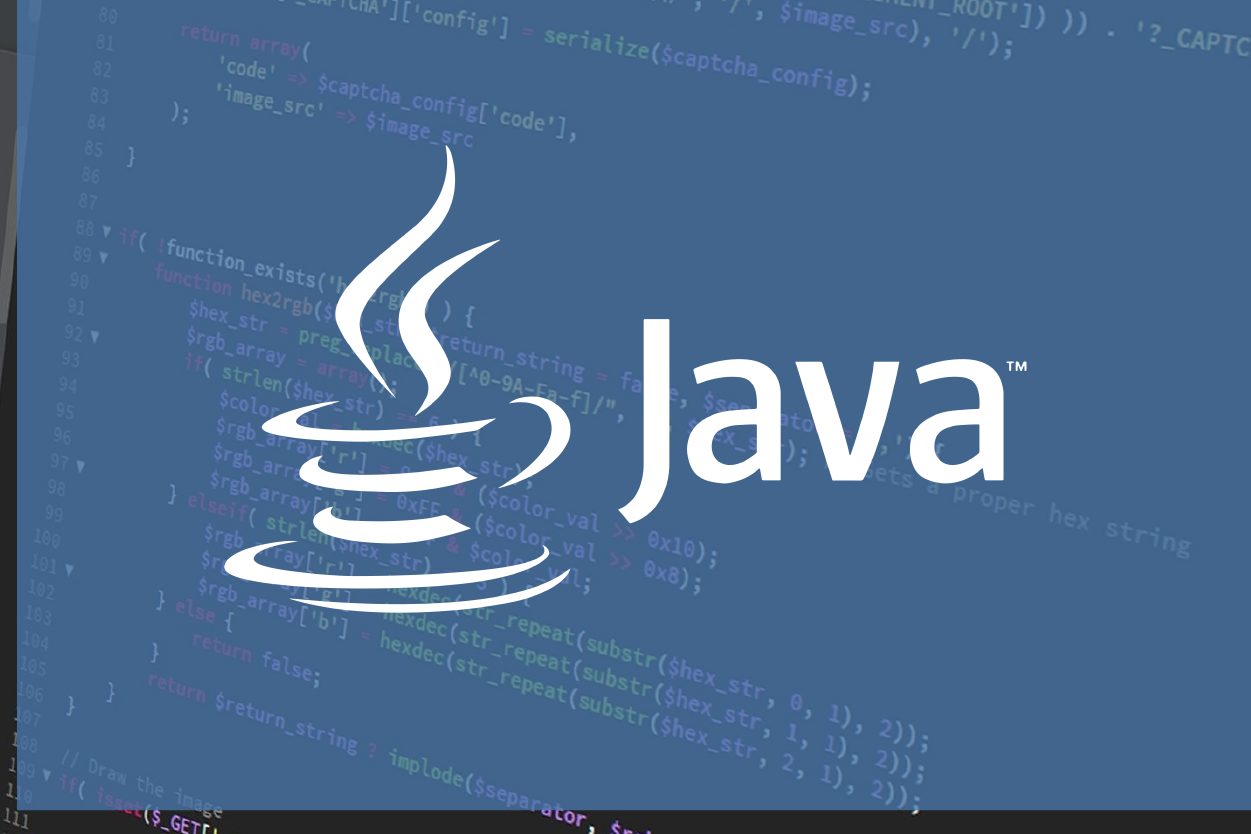早抛出,晚捕获.
如果 finally 语句中有 return 语句,则 finally 中的 return 语句将会覆盖 try 中的 return 语句,如以下代码,将会输出 1。如果在 finally 语句里有抛出异常,那么此异常将会覆盖 try 块中抛出的异常。
public class FinallyReturnTest { public static void main(String[] args) { System.out.println(testFinallyReturn(1)); } public static int testFinallyReturn(int n) { try { // do something return n+n; } finally { return n; } } } /* output --> 1 */
3. 进行文件IO/网络操作时,最好按以下形式使用 try/catch 块(摘自《Java 核心技术 卷1》 P480),以确保资源能被正确释放。
InputStream in = ...;
try{
try{
// code that might throw exceptions }finally{
in.close();
}
} catch (IOException e){
// show error dialog
}
如果覆盖父类的方法,而父类的方法没有抛出异常,那么子类中的方法就必须捕获自己内部代码中出现的每一个异常。即,不允许子类的 throws 声明符中出现超过父类方法所声明的异常类范围。
实现一个函数时,怎么判断这个函数内 catch 到的异常是再次 throw 出去,还是就地处理呢?
答:如果这个函数引发的异常,需要被外界(使用程序的人)所知,就需要 throw 出去,否则,就地处理。
6. 异常最好在需要向外界返回信息时进行处理(即与外界进行交互的第一层处,因为此时把导常发生的原因报告出去才是有意义的);
如一个按钮的 click 事件处理函数里面,直接写 try/catch,在 try 里调用相关处理函数,在 catch 里进行处理Exception;即内部调用的时候,都只要 throw 即可.
当准备把异常传给调用方时,要确保异常的抽象层次与子程序接口的抽像层次是一致的(摘自《代码大全2》P200)
下面代码是一个抛出抽象层次不一致的异常的类:class Emoyee { ... public TaxId GetTaxId() throws EOFException { ... } ... }
GetTaxId() 把更低层的 EOFException(文件结束,end of file)异常返回给它的调用方。它本身并不拥有这一异常,但却通过把更低层次的异常传递给调用方,暴露了自身的一些实现细节。这就使得子程序的调用方法代码不是与 Employee 类的代码耦合,而是与比Employee类层次更低的抛出 EOFException 异常的代码耦合起来了。这样即破坏了封装性,也减低了代码的智力上的可管理性(intellectual manageablility)。
下面代码是一个抛出抽象层次一致的异常的类:
class Emoyee{
...
public TaxId GetTaxId() throws EmployeeDataNotAvailable{
...
}
...
}
GetTaxId() 里的异常处理代码可能只需要把一个 io_disk_not_ready(碰盘IO未就绪) 异常映射为 EmployeeDataNotAvailable(雇员数据不可用)异常就好了, 因为这样可以充分地保持接口的抽象性.
- 最好是能把 Exception 都重新包装成自己系统定义的 Exception,这样可以减少上层函数需要声明的异常类型,否则有可能最高层函数后面要声明一长串 Exception, 同时也能确保异常的抽象层次与子程序接口的抽像导次是一致的.
例如:
读取一个JSON文件,然后解析JSON字符串,读取各个key的值,这时会碰到各种 exception,如 FileNotFoundException,JSONException,读取到的 value 进行类型转化时的 ParseException,这些 Exception 不能在 catch 到后直接重新抛出,应当把当前Context信息包装后,再抛出一个统一的更有意义的 Exception。
9. 一个比较好的项目实践总结.(整理自笨狐狸的架构)
假设现在开发一个 EmployeeManager 的系统, 则在异常管理模块, 先统一定义好两个相关的异常处理类, 代码如下:
// file EmployeeManagerException.java 统一的异常类
import java.text.MessageFormat;
import java.util.Locale;
import java.util.ResourceBundle;
public class EmployeeManagerException extends RuntimeException {
private final String defaultKey = "com.xxx.exception";
private String exceptionKey;
private Object[] args;
// 国际化
private ResourceBundle rb = ResourceBundle.getBundle("exceptionMessages",
Locale.getDefault());
public EmployeeManagerException(ExceptionType type, Object... args) {
this.exceptionKey = type.getExceptionKey();
this.args = args;
}
public String getMessage() {
if ((exceptionKey != null) && !exceptionKey.equals("")) {
return MessageFormat.format(rb.getString(exceptionKey), args);
}
return MessageFormat.format(rb.getString(defaultKey), args);
}
}
// file ExceptionType.java 异常枚举类
public enum ExceptionType {
COMMON_EXCEPTION("com.xxx.exception"),
EMPLOYEE_DATA_NOT_AVAILABLE("com.xxx.EmployeeDataNotAvailable");
private ExceptionType(String exceptionKey) {
this.exceptionKey = exceptionKey;
}
public String getExceptionKey() {
return exceptionKey;
}
private String exceptionKey;
}
# file exceptionMessages_en.properties 定义需要进行格式化的 exception
com.sap.xxx.exception=Server side exception, the detail reason is {0}
com.xxx.EmployeeDataNotAvailable=Employee data not available, the detail reason is{0}
使用示例:
public static void main(String[] args) {
try{
// do something
} catch (EOFException e){
throw new EmployeeManagerException(ExceptionType.EMPLOYEE_DATA_NOT_AVAILABLE,
e.getMessage());
}
}
可以看到, 系统中所有低层次的异常都被重新包装成 EmployeeManagerException, 并通过 ExceptionType 指定其具体的异常类型, 然后在最后提取异常信息时, 根据 exceptionKey和 args[], 可以获得一个具有良好可读性, 可国际化的 Exception 信息. 在系统规模不大时, 可以采用这样的架构, 避免过多的异常类.
10. 对 9 架构的进一步思考.
这样的架构在需要添加新异常时, 就需要往 Exception 里新增一个枚举数据, 不符合 OCP 原则, 更好的办法应该是根据 EmployeeManagerException 派生出各个不同的 EmployeeManagerException 子类, 每一个子类代表一种异常, 具体代码如下:
// file EmployeeManagerException.java
import java.io.EOFException;
import java.text.MessageFormat;
import java.util.Locale;
import java.util.ResourceBundle;
public abstract class EmployeeManagerException extends RuntimeException {
private final String defaultKey = "com.xxx.exception";
private String exceptionKey;
private Object[] args;
// 国际化
private ResourceBundle rb = ResourceBundle.getBundle("exceptionMessages",
Locale.getDefault());
public EmployeeManagerException(Object... args) {
this.exceptionKey = this.getExceptionKey();
this.args = args;
}
abstract String getExceptionKey();
public String getMessage() {
if ((exceptionKey != null) && !exceptionKey.equals("")) {
return MessageFormat.format(rb.getString(exceptionKey), args);
}
return MessageFormat.format(rb.getString(defaultKey), args);
}
}
// file EmployeeDataNotAvailable.java
public class EmployeeDataNotAvailable extends EmployeeManagerException {
public EmployeeDataNotAvailable(Object ... args){
super(args);
}
@Override
String getExceptionKey() {
return "com.xxx.EmployeeDataNotAvailable";
}
}
# file exceptionMessages_en.properties 定义需要进行格式化的 exception
com.sap.xxx.exception=Server side exception, the detail reason is {0}
com.xxx.EmployeeDataNotAvailable=Employee data not available, the detail reason is{0}
使用示例
public static void main(String[] args) {
try{
// throw new EOFException();
} catch (EOFException e){
throw new EmployeeDataNotAvailable(e.getMessage());
}
}
可以看到, 这个的架构功能是等同于9的, 而且能满足 OCP 原则, 即新增一种异常时, 我们只需要从 EmployeeMnagerException 派生一个新的子类, 重写 getExceptionKey 函数即可,然后在 properties 文件里添加新的一个 key/value 对即可。但是这样又会导致函数声明的 Exception 数过多的问题。
异常声明具有“多态性”
如上例子中,如果有方法抛出了 EmployeeDataNotAvailable 异常,那么它的函数声明的异常列表可以直接写成 throws EmployeeManagerException 的,这与函数调用时的参数可以向上转型是一样的,所以 10 中可以使用统一 throws EmployeeManagerException 来避免函数声明的 Exception 数过多的问题?“checked exception” 转换为 "unchecked exception”(整理自《Java编程思想 第4版》,把“被检查的异常”转换为“不检查的异常”)
即把所有异常都转化为 RuntimeException,这样就无需在函数声明里列出异常名,每一个调用此函数的函数也不需要再写 try/catch 块,只需要在最外层捕获到这个 RuntimeException, 然后使用 getCause() 函数把其实际的异常类型获取到即可。代码如下:try{ //.. todo sometime useful } catch (IDontKnowWhatToDoWIthThisCHeckedException e){ throw new RuntimeException(e); }
个人不推荐这样的做法,把所有的异常完全不处理,一股脑丢给最上层处理是不负责任的做法,当系统稍具规模时,最上层也根本无法针对如此多的异常逐个进行处理。
环境: JDK1.6.0_30











